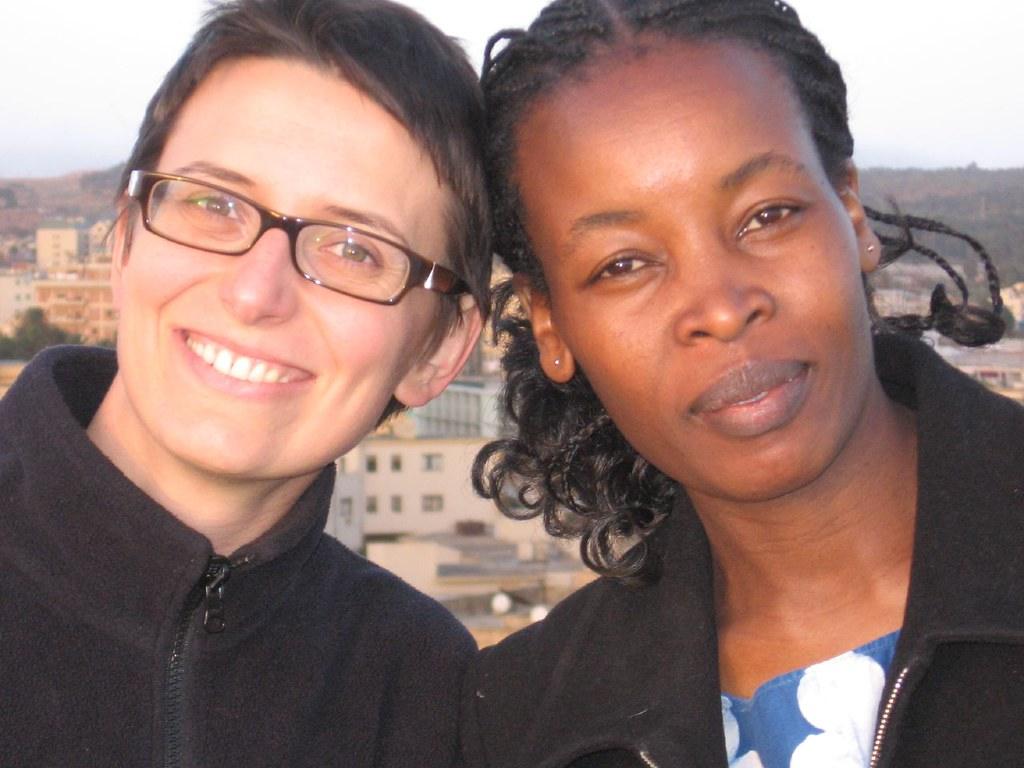Eritrea: A Nation of Cultural Heritage and Challenges

Introduction
Eritrea, located in the Horn of Africa, is a country rich in history and diverse cultures. Since gaining independence from Ethiopia in 1993, Eritrea has faced numerous challenges including economic hardship, political strife, and ongoing border tensions. Understanding Eritrea is vital, not only because of its unique heritage but also due to its strategic location along the Red Sea, which has significant geopolitical implications.
Cultural Heritage
The cultural landscape of Eritrea is a tapestry woven from various ethnic groups, languages, and traditions. The country is home to nine distinct ethnic groups, each contributing to the vibrant cultural mosaic. Tigrinya, Tigre, and Saho are some of the primary languages spoken, alongside Arabic and English, reflecting the historical influences of trade and colonisation.
The capital city, Asmara, showcases colonial Italian architecture and is even recognised as a UNESCO World Heritage site. Festivals and traditional events, such as the annual Eritrean Festival, celebrate the music, dance, and gastronomy of the nation, drawing both locals and tourists. The rich culinary landscape, featuring dishes like Injera and Zighni, represents the fusion of indigenous and foreign influences.
Recent Developments
Despite its cultural richness, Eritrea has been in the news recently due to ongoing human rights concerns, including forced military conscription and limited political freedoms. The government maintains a one-party state, restricting opposition and dissent, which has drawn criticism from international human rights organisations.
In 2022, tensions surged with neighbouring Ethiopia, particularly regarding the Tigray conflict. Eritrea’s involvement in this conflict raised alarms globally, as it underscored the fragile stability in the region. However, recent peace talks between Ethiopia and Eritrea have provided a glimmer of hope for improving diplomatic relations.
Conclusion
The future of Eritrea is increasingly tied to its ability to navigate both internal challenges and relationships with neighbouring countries. As the global community pays closer attention to Eritrea, there is a growing opportunity for dialogue that could lead to improvements in human rights and economic development. For readers interested in understanding modern Africa, Eritrea serves as a critical case study of resilience amidst adversity and the pursuit of identity in a complex geopolitical landscape.
